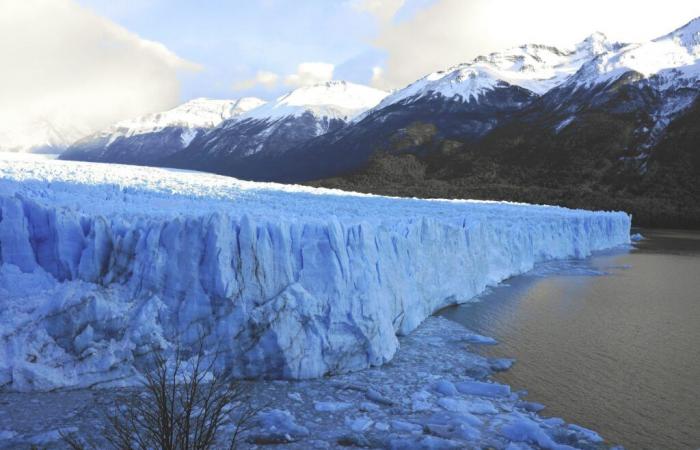More than 1,700 viruses, several thousand years old, have been identified in a glacier in Tibet. A window on biological evolution, but also on the variety of viruses: none of them are likely to infect humans, plants or animals.
They are in fact part of those viruses that, as is most often the case, infect bacteria and thus do their part in the local ecosystem: they contribute to biodiversity and natural selection, through gene transfers. As explained by the authors from Ohio State University who are behind the study, published in Nature Geosciencethese 1705 viruses, three quarters of which were previously unknown, are “archives” of the past.
They were discovered in a core — a very long tube of ice — extracted from the Guliya glacier, on the Tibetan plateau, at an altitude of more than 6,000 meters. It was necessary to drill up to 310 meters into the glacier to obtain these viruses, which range in age from two centuries to 41,000 years. Decoding their genomes also provides insight into the variations in the populations of these viruses, depending on variations in the local climate.
And not just local: a quarter of the list is made up of viruses that have enough similarities with viruses found elsewhere in the world that we can conclude that they travel over very long distances, whether with the help of birds or even the wind.
This is a reminder of how glaciers probably contain a wealth of information about our planet’s past. But it would be necessary to collect it before they have completely melted…






